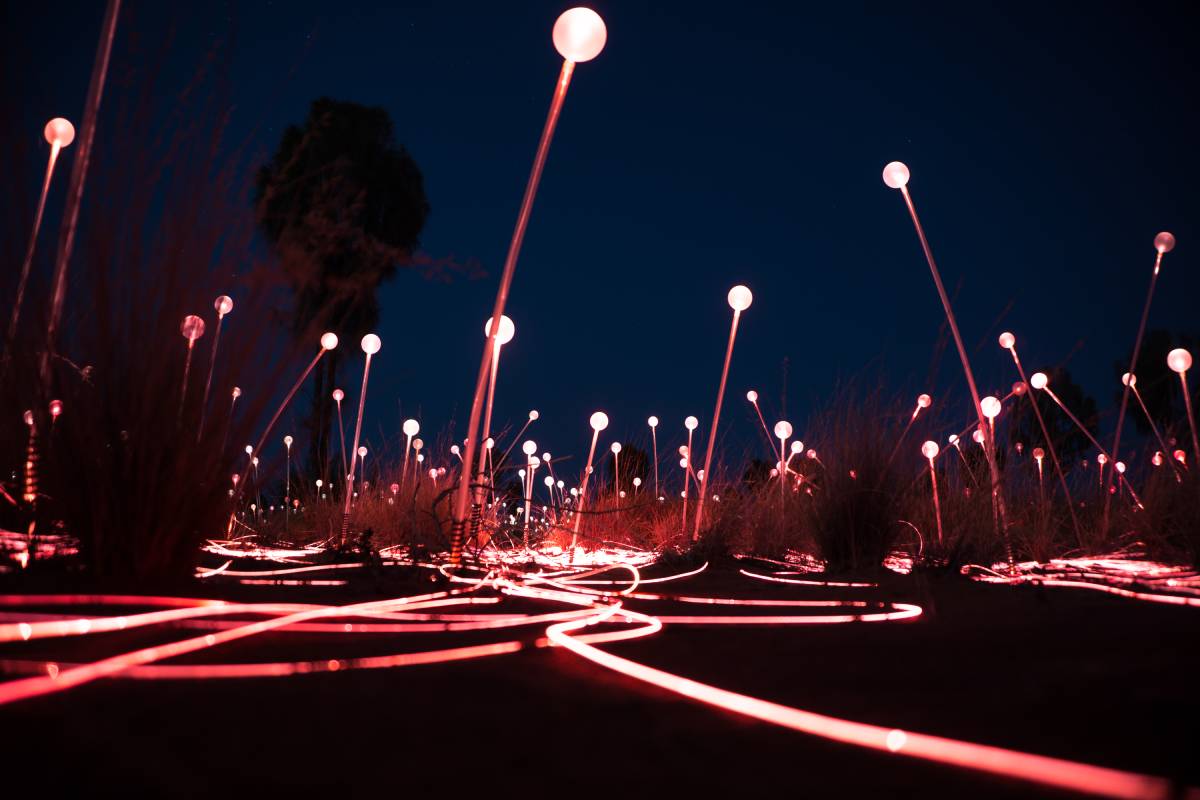Tourism operators are realising what we have known all along, the full travel experience shouldn’t end when the sun goes down.
Eating a good meal, probably too many drinks – you are on holiday – and being tucked up in bed by nine is sensible, but a teensy bit boring.
Some of us want to do nothing more than gaze unfocused over a water view on a holiday, but for many who want to cram as much as they can, night-time fun is a must.
So what are some of the Australia’s best night-time attractions worth travelling for?
The southern lights
The northern lights get all the good press, but the fact is we can see a pretty good show and not even leave the country with the southern lights or aurora Australis.
Naturally the further south you get the better your chances are, so Tasmania is your best bet. However, you can even get a decent viewing in South Australia, southern New South Wales and Western Australia if the conditions are right, but outside of Tasmania, Victoria is your most likely destination to see the lights.
It’s vital to get out of the city to avoid light pollution, so some of the best spots in Victoria include Phillip Island, Wilson’s Promontory National Park, Anglesea and Aireys Inlet.
But you don’t need to sit around waiting for it to happen, the aurora forecast website takes a lot of the guess work out of it. Best times are autumn and winter.
Field of Light, Uluru
The Field of Light at Uluru is a landmark installation by international artist Bruce Munro.
Munro’s works pack a visual punch and he is known for his large-scale, immersive light installations and Field of Light is no exception.
The artwork comprises 50,000 stems crowned by frosted glass spheres that light up as the sun sets. Waves of colour flow through the installation and visitors can walk through the work, which is in clear view of Uluru.
If Uluru is too far away and you can wait a bit, the Victorian state government announced a similar artwork will be installed later this year at Lake Cullulleraine, about a 45-minute drive from Mildura. Certainly cheaper than travelling to Uluru in almost all instances.
Wintjiri Wiru
From May 2023, Voyages Indigenous Tourism Australia will launch a light and sound show called Wintjiri Wiru – or ‘beautiful view out to the horizon’ in the local Anangu language. Combining ancient Anangu storytelling with state-of-the-art, drone and laser light technology, this will this will be the first time a light, laser, projection and drone experience of this magnitude has been performed on a regular basis anywhere in the world.
The show will bring to life a chapter of the Mala ancestral story which sits between Kaltukatjara (Docker River) and Uluru. Voyages has consulted and collaborated closely with the Anangu custodians of this chapter of the Mala story to obtain approval to bring Wintjiri Wiru to life.
Vivid Sydney
You know how they light up the Sydney Opera House for a good cause and it always makes the news, well you can be there with Vivid Sydney.
Vivid combines some of the world’s best light artists, musicians and food and it’s not just that show pony opera house taking all the glory, there are installations and events around the city.
But if you want to make it this year, better get cracking with your planning, it starts in a couple of months, from 26 May to 16 June.
Glow with the flow
Australian fauna is famous around the world and rightly so, but did you know we have glowing worms? In fact it’s only us and New Zealand.
There are eight recognised species, and despite their name they are not actually worms, but the larvae of the fungus gnat, which frankly sounds like a horrible thing.
Whatever they are, the best places to see these amazing animals is on the Gold Coast and in the Blue Mountains, with official tours, but they are also found in the Great Otway National Park, the Glow Worm Tunnell in Wollemi National Park, Marakoopa Cave, Tasmania, and Glow Worm Glen, Bundanoon, south of Bowral.
Total eclipse of the heart
Technically it’s not at night but to mark the total solar eclipse in April, Western Australia’s Exmouth region is hosting the Dark Sky Festival.
At 11.27 am on 20 April, the shadow of the moon will graze the tip of the Western Australia in a 40km-wide track, making it the most accessible land-based place on earth to watch the spectacle.
As well as the chance to view the eclipse, the region will be hosting live music, astronomy sessions and pop-up dining sites.
For a bonus, the event takes place during the Ningaloo Reef whale shark swimming season, so a good reason to tick two things off your bucket list.
Visit here for more information.
Sliding scale
I’m not much into skiing – too clumsy – and I’d imagine skiing at night would be an extra level of danger, but people can’t get enough of it.
Perisher offers night skiing and snowboarding every Tuesday and Saturday for a set time during the season and it goes gangbusters.
If you have kids you need to tire out, there is free night skiing at Smiggins Hole on Wednesday nights.
Did you have a great time when the lights go out in Australia? Not that kind. Why not share your experience in the comments section below?
Also read: Travel trends to watch out for in 2023

